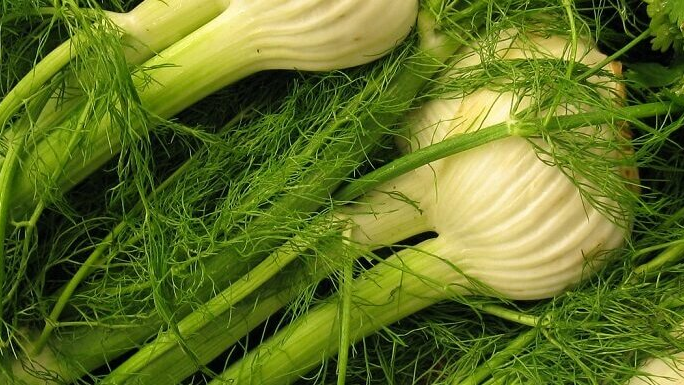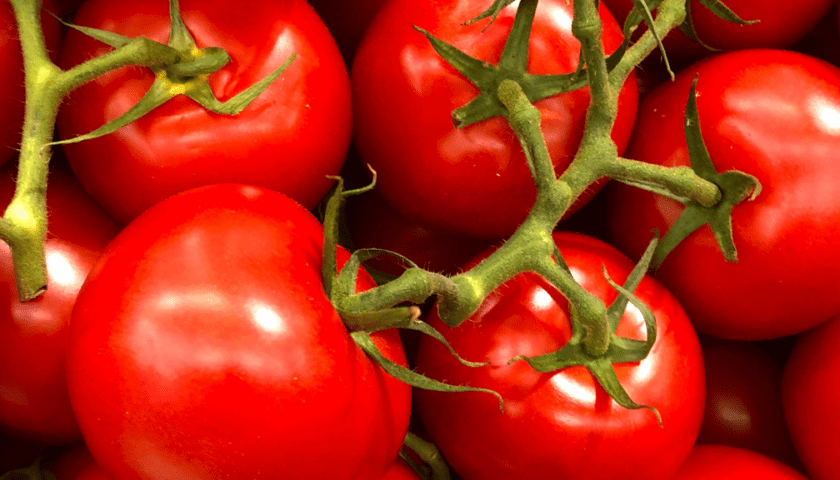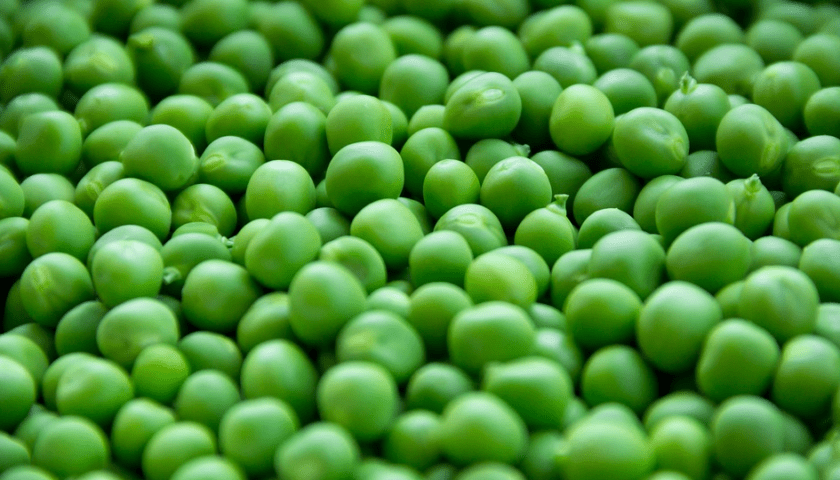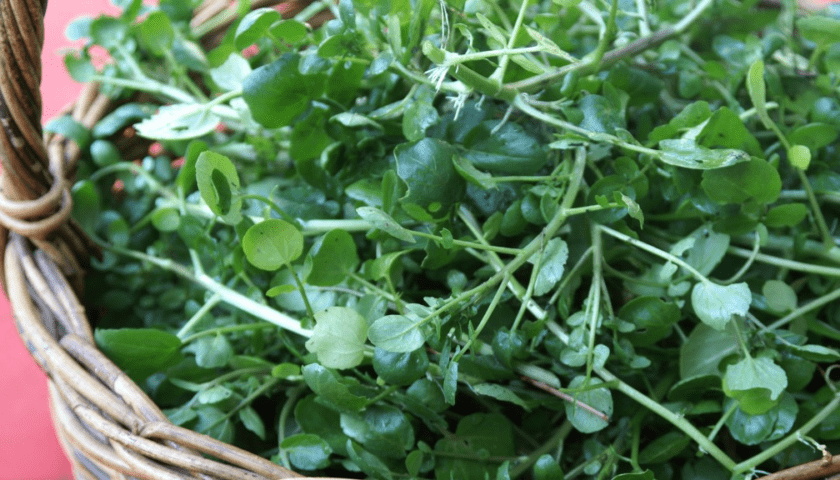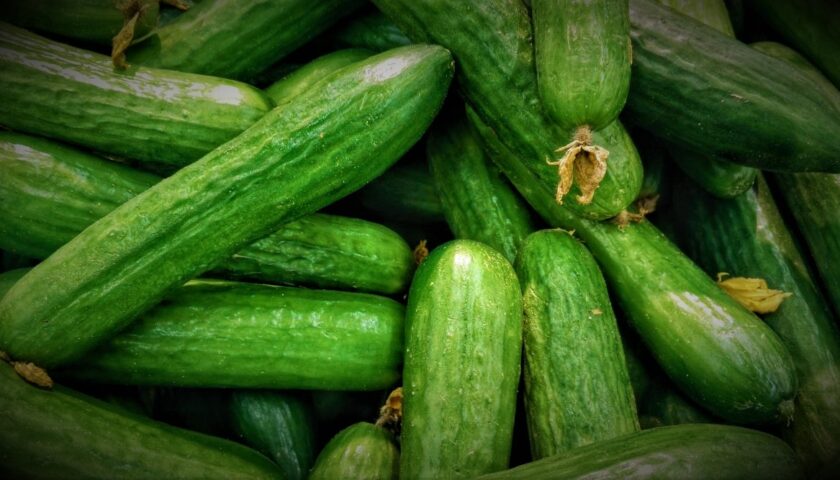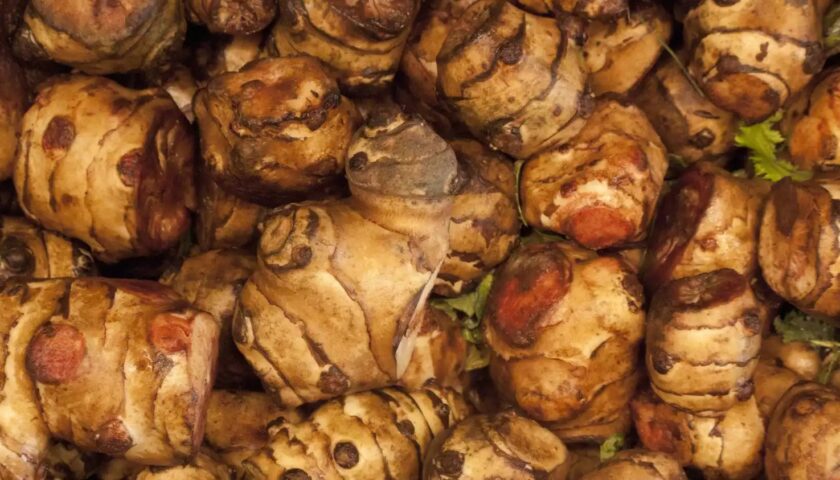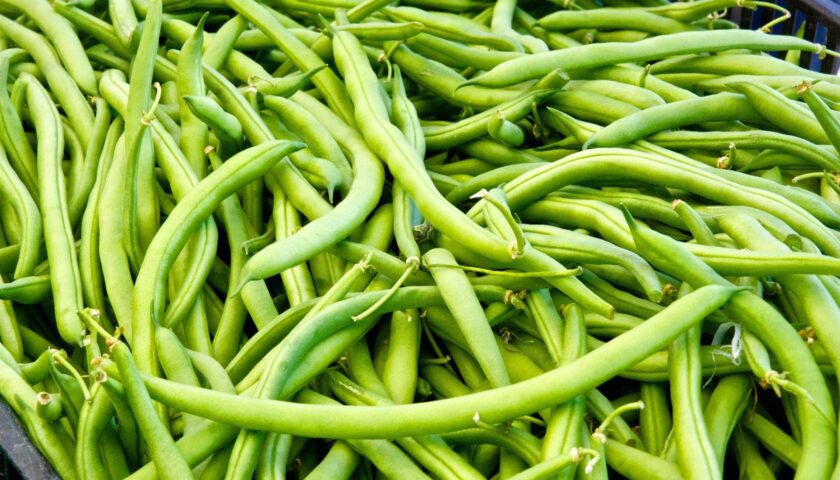About Fennel Fennel is a celery-like winter vegetable with an interesting licorice flavor. Although the taste may start to grow at first, fennel offers great health benefits. This tree comes from the southern part of the Mediterranean, through planting, it has started to grow wild in the north, east and west. The scientific name for fennel is Foeniculum vulgare. It is an ancient herb with feathery leaves and yellow, dill-like flowers. Fresh fennel is known for its strong aroma, smelling a little like anise, and has a hot taste. The…
Read MoreCategory: vegetable
Celery – One of the Best Green and healthy vegetables
About Celery Celery, (Apium graveolens), herbaceous plant of the parsley family (Apiaceae). Celery is often cooked as a vegetable or as a flavoring in various broths, casseroles, and soups. In the United States, celery is served raw alone or spread or added as a snack to salads. Small fruits, known as celery seeds, are similar to the plant itself in taste and aroma, and are used as cooking, especially in soups and pickles. Native to the Mediterranean and Middle Eastern regions, celery was used by the ancient Greeks and Romans…
Read MoreTomato – Discuss about its physical desciption and benefits
About Tomato Tomato (Solanum lycopersicum) is an edible fruit that grows on vines. It contains many nutrients, including an antioxidant called lycopene. The lycopene in tomatoes is thought to play a role in preventing cancer. It is easier for the body to use lycopene from tomato products, such as tomato pasta or tomato juice, than from fresh tomatoes. People use tomatoes to prevent cancer, diabetes, high blood pressure, heart disease, arthritis, and many other diseases, but there is no strong scientific evidence to support these uses. Physical description Tomato plants…
Read MorePeas – Discuss about its Planting Process and health benefits
About Peas Pea, (Pisum sativum), also called garden pear, is an annual herbaceous plant of the Fabaceae family, cultivated worldwide for its fruit. Peas can be purchased fresh, canned, or frozen, and dried peas are often used in soups. Some species, including snow peas and snow peas, produce edible pods that are eaten or cooked like green beans; they are popular in East Asian cuisine. The plants are easy to grow and the seeds are a good source of protein and dietary fiber. Although the origin of domestic peas has…
Read MoreWatercress – Discuss about growing method ,and their health benefits
Introduction of Watercress Watercress, (Nasturtium officinale), also known as cress, is a perennial aquatic plant of the mustard family (Brassicaceae), which originates from Eurasia and is grown throughout North America. Watercress thrives in calm waterways, where it grows submerged, floating, or spread over mud. It is often grown in containers or in wetlands for its edible young shoots and its strong, spicy-flavored leaves, which are rich in vitamin C. Gardening The ornamental nasturtium (genus Tropaeolum) is not closely related to water. Watercress plants usually form a bush and take root…
Read MoreBell Peppers – Discuss About Planting Process And Health Benefits
About Bell Peppers Bell Peppers originated in Hungary, but their history began in Central and South America. In 1493, Christopher Columbus and his explorers returned from America with pepper (hot). It started quickly in Spain and quickly spread to Europe and the rest of the world. However, pepper was not developed until the 1920s in Hungary. The bell pepper contains a gene that shuts down the plant’s production of capsaicin, the chemical compound that makes peppers sweet and savory. For this reason, although it is “spicy”, pepper is not as…
Read MoreLady finger – One of the Best Green Healthy Vegetable
About Lady Finger Lady-finger is a green vegetable that looks like a thin finger; that is why it is called ‘lady’s finger’. It is commonly known as Okra. It is a perennial plant that can reach 2 meters in height. It blooms as a red and purple flower that develops into a fruit. The stem and branches are hairy and bear leaves 10-20 cm long and wide. It is grown in all hot and humid regions. It is widely consumed in India and abroad. A woman’s finger is considered a…
Read MoreCucumber – One of the Best Healthy and good source of phytonutrients
Introduction of Cucumber Cucumber, (Cucumis sativus), creeping plant of the squash family (Cucurbitaceae), which is often cultivated for its fruit. The nutritional value of cucumber is low, but its sweet taste makes it excellent for salads and condiments. Tomatoes are often grown. Cucumbers can be grown in frames or on trellises in greenhouses in cold climates and grown as gardens and in greenhouses in hot and cold climates. Cucumber is a good source of phytonutrients (plant chemicals with disease-protective or preventive properties) such as flavonoids, lignans, and triterpenes, which have…
Read MoreSunchoke – One of The Best Delicious Winter Vegetables
Introduction of Sunchoke Sunchoke is a delicious winter vegetable that should be in your kitchen. Also known as Jerusalem artichokes, Jerusalem artichokes are the tuber of perennial sunflowers, native to North America. They have brown skin and creamy white flesh. Jerusalem artichokes are native to eastern North America. They are also known as Jerusalem artichoke or sun root. They don’t affect artichokes, but they do affect sunflowers. The story of “Jerusalem” is associated with the Italian word girasola, which means sunflower. Jerusalem artichokes are perennial plants that grow six to…
Read MoreGreen Beans – One of the Best Healthy Vegetables In 2023
Introduction of Green Beans Green beans are a source of healthy carbohydrates, protein, fiber and micronutrients that are inexpensive, cheap and easy to find. Nutrition varies depending on how they are prepared or processed, but in general this legume is a healthy addition to your diet: it is a leafy vegetable. Greens contain less fat, cholesterol, sodium or sodium. sugar. Green beans are the young, immature pods of the common bean variety. Green beans are known by many common names, including string beans, string beans, snap beans, and snap beans.…
Read More
